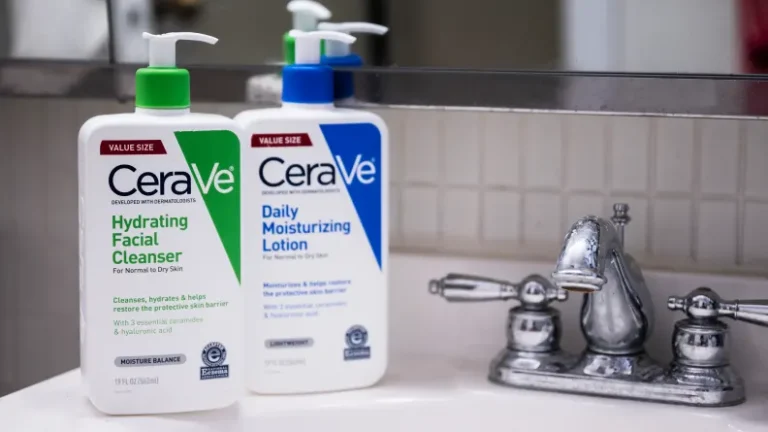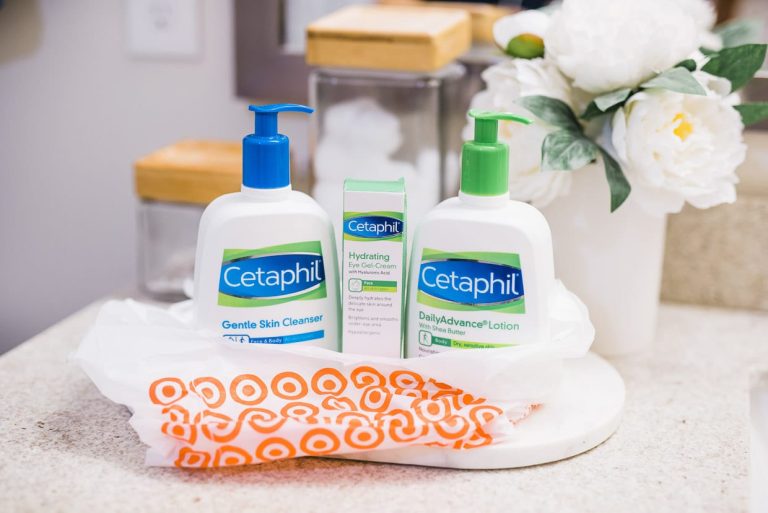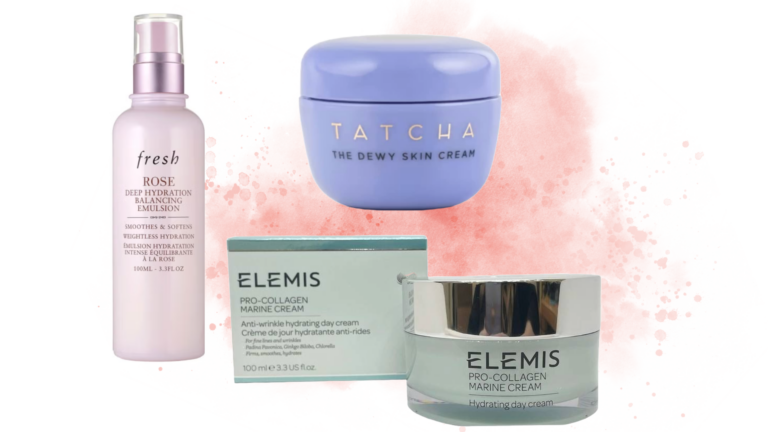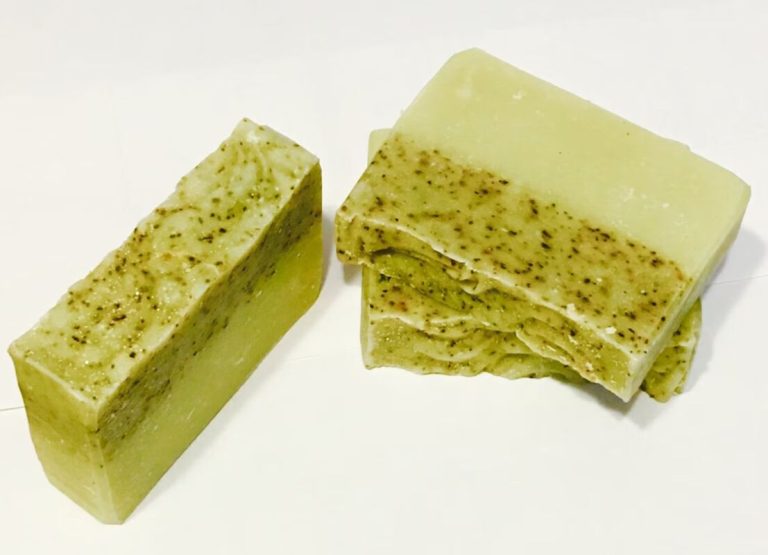How Long Does Tanning Itch Last?
As summer arrives, many of us look forward to spending time in the beautiful sunshine. However, prolonged sun exposure can lead to an uncomfortable side effect known as tanning itch. As an avid tanner myself, I know this annoying itchiness all too well. If you’ve ever asked “how long does tanning itch last?” this guide is for you.
Tanning itch, sometimes called “prickly heat rash”, is a common skin reaction after excessive UV exposure from the sun or tanning beds. It’s usually temporary and harmless, but the itchiness can be aggravating. In this article, I’ll share what I’ve learned about what causes tanning itch, how to get relief when it strikes, plus tips to help prevent it from recurring.
What Causes the Annoying Stinging and Itching After Tanning?
Contents
Before we dive into how long tanning itch lasts, it’s important to understand what causes this pesky reaction in the first place. After speaking to my dermatologist and doing some research, I discovered a few key culprits:
- Sunburn – If your skin gets red and inflamed from overexposure to UV rays, itching is common as the burned skin starts healing.
- Dehydration – When our skin gets parched from sun and heat, it can trigger itching and stinging sensations.
- Sweat – Sitting in a hot tanning bed causes you to sweat. The moisture gets trapped under dry skin layers, creating the perfect environment for itchy rashes.
- Skin Disruption – Excessive UV radiation literally damages our skin cells, impairing the protective barrier function and moisture balance.
For most of us, tanning itch is the result of a combination of these factors. The stinging and itching normally starts within a few hours after the tanning session. For me, it usually peaks in intensity on the second or third day.
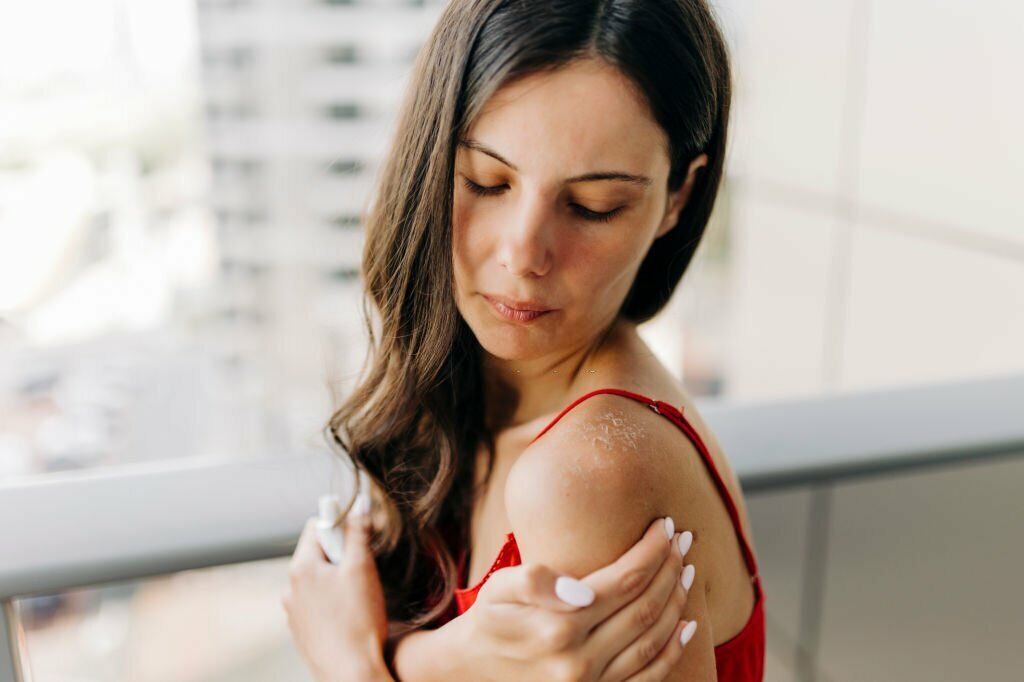
How Long Should You Expect Tanning Itch to Last?
If you’re wondering “how long does tanning itch last?” the duration can vary widely for different people based on factors like:
- Your skin type – Fair skin is more vulnerable to burning and damage from UV overexposure. For my pale complexion, tanning itch easily lasts 5-7 days if I’m not careful.
- Severity of your reaction – Mild redness and itching may resolve more quickly vs severe burns.
- How much you scratch – Resisting the urge to claw at your skin helps it heal faster.
According to my dermatologist, for most people, tanning itch lasts anywhere from a few hours to one week. Extreme itching and stinging beyond 10 days could signal an infection or allergy requiring medical treatment.
Let’s look more closely at what to expect with short-term vs long-lasting tanning itch:
Acute Tanning Itch
If your itching is mild and starts shortly after tanning, it should clear up within 2 to 3 days. Typical symptoms of acute tanning itch include:
- Itchy skin with no visible rash
- Prickling, stinging sensation a few hours after UV exposure
- Possible appearance of tiny red bumps or heat bumps
Try using gentle skincare and avoiding scratching to help your skin heal. The itching usually resolves on its own within 72 hours.
Long-Lasting Tanning Itch
If your itching worsens and persists beyond 3 to 4 days, you’re likely dealing with long-lasting tanning itch. Contributing factors include:
- Fair, sensitive skin (like me!)
- Severe initial sunburn reaction
- Excessive heat and sweating while tanning
In these cases, itching can drag on for 5 days to 2 full weeks. More severe symptoms may involve:
- Intense, constant itchiness making it hard not to scratch
- Small fluid-filled blisters
- Cracked, flaking skin
- Visible rash lasting over a week
Don’t despair – you can shorten the duration using some targeted home treatments which I’ll share below. Consulting your doctor for prescription relief creams may also help stubborn cases.
How to Get Relief from Tanning Itch When it Strikes
Once that dreaded post-tanning itch kicks in, taking action quickly brings the most relief:
Apply a cold compress – Chilling the skin helps soothe inflammation and numb itch nerves. I keep gel packs in the freezer to grab when irritation flares up.
Moisturize diligently – Replenishing moisture prevents dryness from worsening and provides a barrier against irritation. My favorite lotions contain soothing aloe, oatmeal or coconut oil.
Avoid hot showers – As tempting as it sounds, limit showers to 5 minutes with lukewarm water. The heat further dries out vulnerable skin.
Wear loose cotton clothing – Tight clothes chafe and inflame itchy skin. Breathable fabrics allow sweat to evaporate.
Try anti-itch creams with menthol, camphor or pramoxine – These cooling ingredients provide relief from prickling irritation. My go-to is Sarna Anti-Itch Lotion.
Keep nails trimmed short – Eliminating sharp edges removes the temptation and ability to scratch, which only worsens inflammation.
Ask your dermatologist about prescription steroids – For severe, lasting itchiness oral steroids or medicated creams calm inflammation to help skin heal.
Using these methods religiously after tanning, I’ve shortened irritating itching from 5-7 days down to 2-3 days. The sooner you start relief care, the faster your skin returns to comfort.
Tips to Help Prevent Tanning Itch
Now that we’ve covered how long tanning itch lasts and how to treat it, let’s talk about avoiding this pesky reaction in the first place with some preventive care:
- Apply sunscreen religiously – SPF 30 or higher provides major protection against sun damage leading to itching. Reapply every 2 hours.
- Limit initial sun exposure – Gradually build up tan time from 30 minutes to 2 hours max during peak intensity hours.
- Hydrate, hydrate, hydrate! Before and after tanning, drink plenty of water and apply moisturizer. Dehydration exacerbates itching.
- Cool off immediately after tanning – Rinse off with a tepid shower, pat dry and apply aloe vera gel to prevent dryness.
- Wipe down tanning bed acrylic – Disinfect surface oils and chemicals between users with non-irritating wipes.
- Watch medications – Oral contraceptives, antibiotics and other drugs increase sun sensitivity and burning. Check with your pharmacist.
- Avoid tanning if you have lupus, eczema or melanoma history – These conditions make skin super vulnerable to damage from UV overexposure.
It does take some trial and error to find the right balance for gorgeous, itch-free tan results. Stick to these preventive best practices as much as possible before and after tanning sessions.
Over time, you can condition skin to better tolerate sun exposure with fewer uncomfortable side effects like peeling, redness and itchiness.
When to Seek Medical Treatment for Tanning Itch
As you wait anxiously wondering “how long does tanning itch last?” also monitor your reaction closely. Consult a doctor promptly if you experience:
- Itching or rash persisting beyond 10 days
- Severe swelling, oozing blisters or scaly patches
- Other symptoms like headache, fever or chills
- Extreme skin sensitivity to sunlight
These signs could indicate a sun allergy, infection or other complication requiring medical diagnosis and care. Better safe than sorry!
The End Game: Maintaining Perspective on Tanning Itch
I’ll leave you with one last thought I remind myself whenever tanning itch strikes: this too shall pass!
As frustrating as the stinging and itching feels when you’re in the thick of it, take comfort that it is temporary. With some diligent TLC for your skin, relief will come.
Meanwhile, try not to obsess or despair. Don’t let the itch deter you from enjoying the glorious sun and warmth of summer! Just take sensible precautions at the start of tanning season and handle irritation promptly when it appears.
Now you know exactly what causes tanning itch, how long it lasts, plus prevention and treatment tips. Arm yourself with this knowledge so you can tan without discomfort. Let me know if you have any other questions – I’m happy to help my fellow sun worshippers!

Founded by Sophia Rodriguez, IGXO Cosmetics is a PETA-certified, cruelty-free, and vegan makeup brand.
